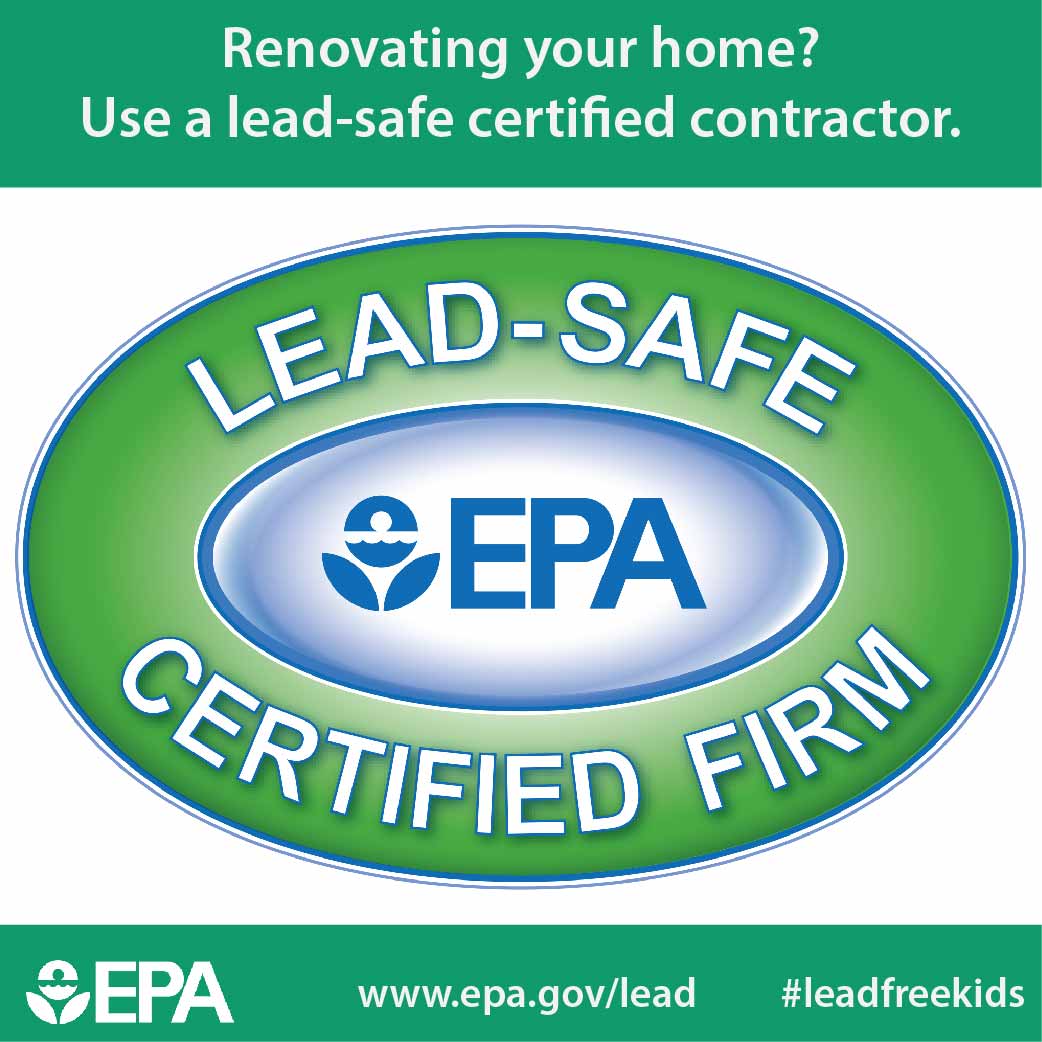Important Seasonal Aspects Of Commercial Exterior Paint: What You Must Understand
Important Seasonal Aspects Of Commercial Exterior Paint: What You Must Understand
Blog Article
Material Writer-Leach Celik
When you're intending a business outside paint task, seasonal elements can make or damage your results. You'll wish to take into consideration how temperature level and humidity impact paint application and drying times. Picking the best season can ensure your paint adheres appropriately and lasts much longer. Yet which seasons are really the best for this type of job? Let's check out the crucial elements that can influence your job's success.
The Effect of Temperature Level on Paint Application
When you're intending an industrial exterior paint task, the temperature level can significantly affect exactly how well the paint adheres and dries out.
Ideally, you want to repaint when temperature levels vary in between 50 ° F and 85 ° F. If it's also cold, the paint may not heal appropriately, resulting in problems like peeling or cracking.
On the other side, if it's too warm, the paint can dry out as well promptly, stopping appropriate attachment and leading to an uneven coating.
You should additionally think about the moment of day; early morning or late afternoon supplies cooler temperatures, which can be extra beneficial.
Constantly examine the maker's recommendations for the details paint you're utilizing, as they often provide support on the optimal temperature level array for ideal outcomes.
Moisture and Its Result on Drying Times
Temperature isn't the only ecological element that influences your commercial exterior painting project; moisture plays a considerable function also. High humidity degrees can reduce drying times drastically, impacting the overall quality of your paint task.
When the air is filled with wetness, the paint takes longer to treat, which can cause problems like poor attachment and a greater threat of mold growth. If you're painting on a particularly moist day, be prepared for prolonged delay times between layers.
It's essential to keep track of local weather conditions and strategy appropriately. Ideally, aim for moisture degrees between 40% and 70% for optimum drying out.
Keeping these consider mind ensures your job stays on track and supplies a lasting finish.
Best Seasons for Commercial Exterior Painting Projects
What's the most effective time of year for your industrial exterior paint projects?
https://professionalpaintersnearm65443.blog4youth.com/34955937/change-your-area-with-color-the-effect-of-home-painters-on-your-home-s-visual and early loss are usually your best options. Throughout these seasons, temperatures are mild, and humidity levels are typically reduced, developing optimal problems for paint application and drying.
Prevent summer season's intense heat, which can create paint to completely dry too swiftly, bring about poor bond and surface. Likewise, wintertime's chilly temperatures can prevent correct drying out and treating, risking the durability of your paint job.
Go for Click On this page with temperature levels in between 50 ° F and 85 ° F for optimum outcomes. Keep in mind to examine the local weather forecast for rain, as damp problems can destroy your job.
Planning around these variables ensures your paint task runs efficiently and lasts much longer.
Conclusion
In conclusion, intending your industrial outside paint tasks around seasonal factors to consider can make a significant distinction in the outcome. By scheduling work throughout the perfect temperatures and moisture degrees, you'll guarantee far better adhesion and drying out times. Bear in mind to watch on regional weather prediction and choose the right time of year-- springtime and early loss are your best bets. Taking these actions will help you accomplish a long lasting and professional coating that lasts.
